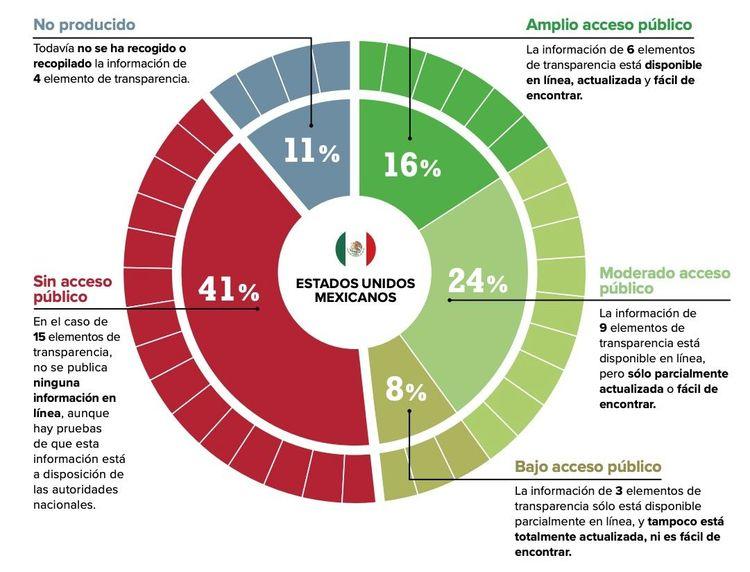Although access to the availability of information is a right in Mexico, transparency in the fishing sector has not been a priority. This was revealed by the TAKING STOCK: Government Transparency in Marine Fisheries evaluation, the first report of its kind prepared by the Fisheries Transparency Initiative (FiTI) together with the organization Causa Natura.
According to Nicolás Rovegno, the Regional Coordinator for Latin America of the International Secretariat of FiTI, the lack of transparency can have negative impacts on the path to making Mexican fishing a sustainable activity.
“Fishing faces several problems, such as overfishing, illegal fishing, misdirected subsidies, corruption... The lack of transparency is a factor that makes it easier for several of these problems to occur because it is not known how management decisions are being made, it is not known if they are leading us towards that sustainability of fishing,” Rovegno explained in an interview.
The report evaluates the public availability of information following 12 thematic areas of fisheries management with 37 elements of transparency, proposed by the FiTI Standard.
The topics are fishing laws, policy documents and management plans; fishing tenure agreements; foreign fishing access agreements; state of fishery resources; large scale fishing; small-scale fishing; post-harvest and marketing sector; fishing law enforcement; labor standards; fishing subsidies; official development assistance, and final beneficiaries.
Each one breaks down whether the information is freely found on government websites and is labeled under three parameters: available, up-to-date and easy to find.
The report shows that 48% of transparency elements are publicly available, such as in the areas of fishing laws and fishing tenure agreements.
However, beyond availability, the quality of the information shared by Mexican authorities was also reviewed. Finding that there is data that is incomplete, out of date, unverified or not easily accessible.
“When reviewing information from Mexico, we have seen that it largely exists, but it is often in a format that is not suitable and accessible to form conclusions about how fishing activity is developing,” Rovegno added.

Results of the TAKING STOCK findings based on the 12 thematic lines of FiTI and its 37 derived transparency elements.
From Invisibility to Investigation
Large-scale fishing and small-scale fishing are two of the areas where access is more complicated or non-existent. According to the evaluation, 41% of transparency elements do not publish information online, despite the fact that the authorities have it.
For example, there is no information to disaggregate which fleets belong to larger vessels and how many to smaller vessels, which makes it impossible to recognize the performance that each one is performing, as well as the number of anglers.
“In a way, this ends up making the smaller-scale fishing sector invisible or underrepresented. It also makes some actors invisible, such as women fishermen or young people who are involved in fishing. It is not known what their contribution is beyond the economic part,” Rovegno explained.
Another similar case of lack of transparency is in sanctions. It was reported that there is general information on how inspection and surveillance programs are structured, but actions for their control are not broken down.
Nor is there a record of the offenses granted, to whom and for what crimes.
“An important point of this is that it is unknown who are the people who are not complying with the regulations. Therefore, it is not known if there is a recurrence in those who commit crimes or breaches. And this does not allow us to quantify the impact that illegal fishing may be having on different resources,” added the coordinator.
Some other cases where information is non-existent are payments made by small and large scale fishing vessels; information on labor standards, transshipments and disembarkations at foreign ports, and data on foreign-flagged vessels fishing in Mexican waters.
The TAKING STOCK evaluation includes a series of recommendations so that authorities can improve transparency. The main ones are to publish all accessible information, to ensure that it is easy to find and to maintain constant disclosure to the general public.
“This is a proactive document that seeks to make recommendations. And one thing to keep in mind is that, sometimes, within the different priorities that authorities have, transparency is seen as an additional element, but not as a basic need,” said Rovegno.
Having access to up-to-date public information, the report points out, would facilitate decision-making in the face of fishing problems.



Comentarios (0)